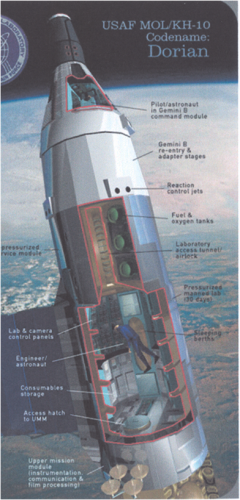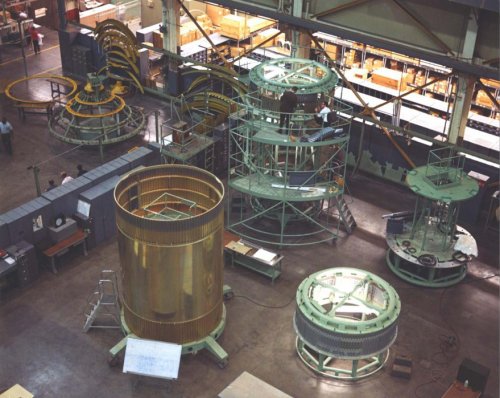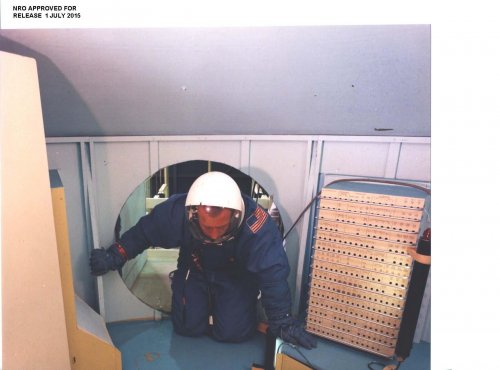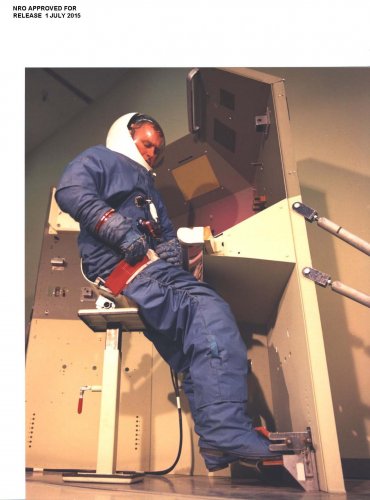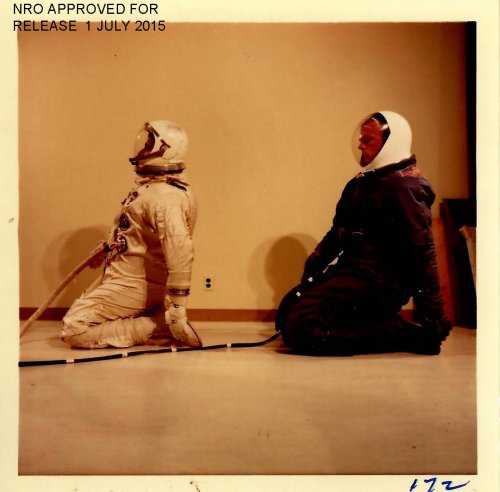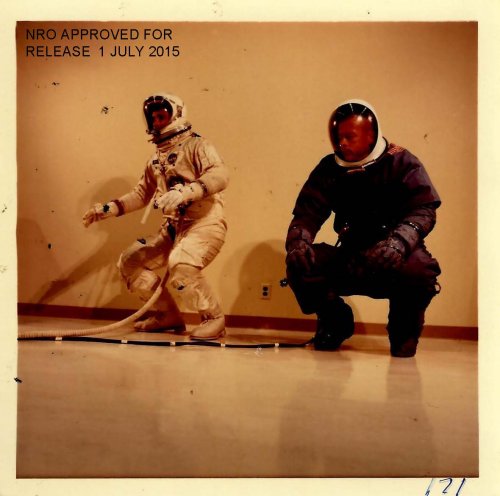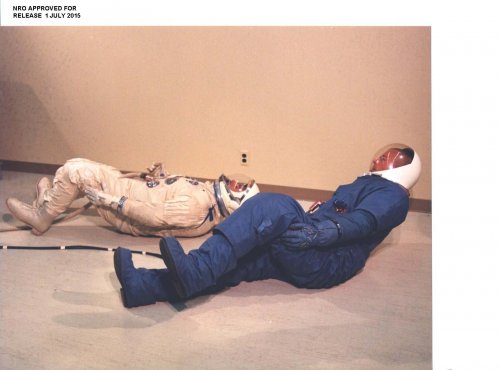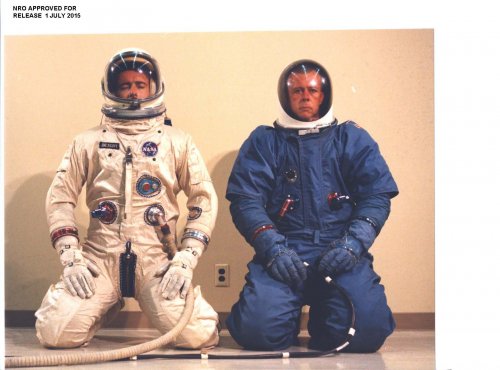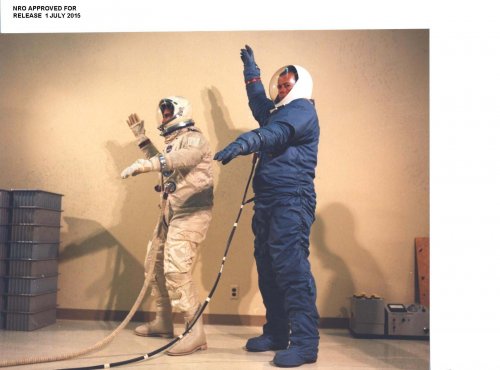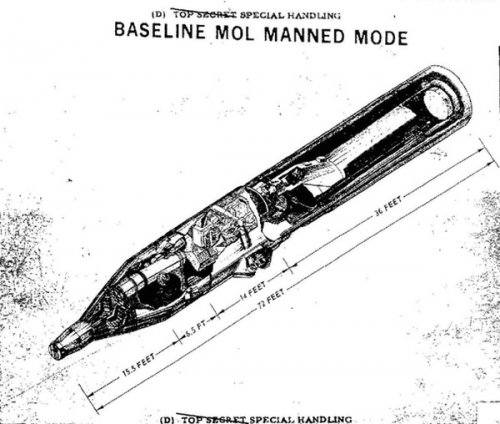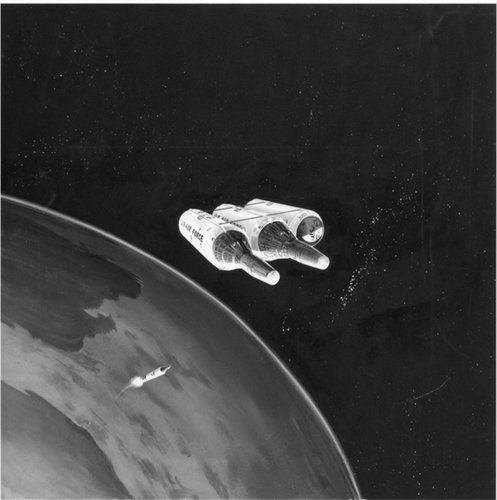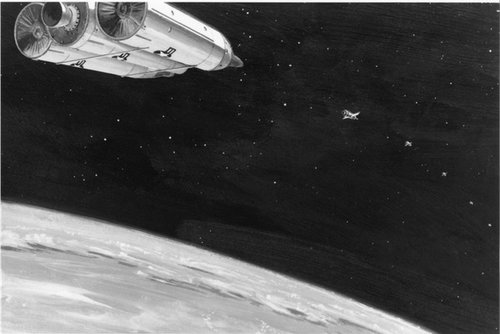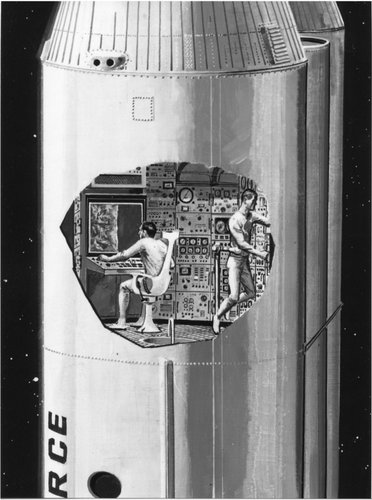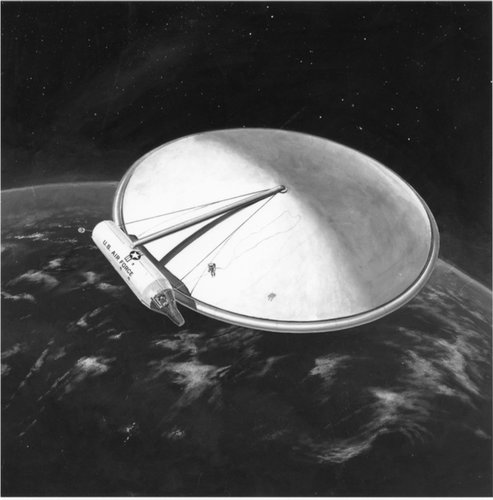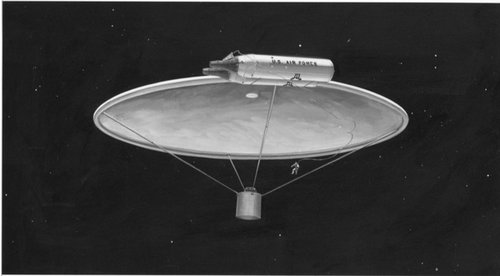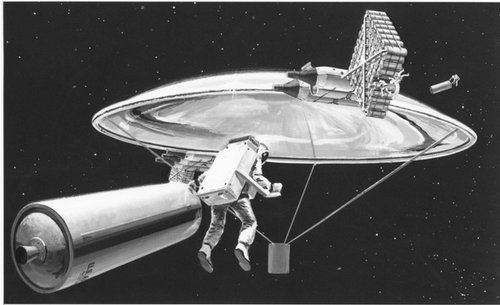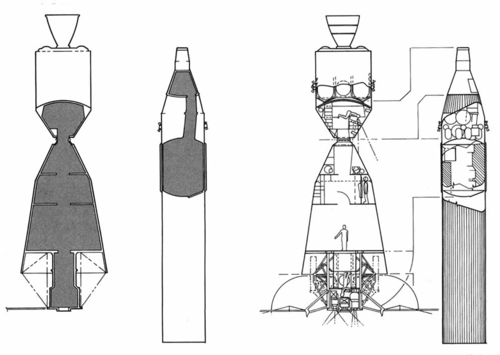Hello, my name is Robert E Andrews and I had the good fortune of working in the aerospace business from its early stage in the ’50s through the end of the century.
I attended Drexel University in Philadelphia after high school, matriculating into the mechanical engineering major. I didn’t like this field, lost interest, and dropped out after two years. However, during these years, I did learn a skill that gave me employment. I got a job with the helicopter pioneer Frank Piasecki as a draftsman. I also applied for work with General Electric’s new Missiles and Space Department in Philadelphia, which was located just across the street from Drexel.
In June of 1958, I got a letter from GE asking that I come in for an interview. My supervisor at Piasecki encouraged me to go. He realized working for a big company like GE would offer me many career opportunities. I got the GE job working in the Navigation and Control Engineering drafting room.
I found out that all employed in engineering here required a Secret clearance. So, I was placed in a small room by myself with a drafting table and remained isolated for about six weeks. After my clearance was granted, I moved into the main drafting room with about sixty other draftsmen, designers, and lofts men. (A loftsman develops full scale patterns, or drawings, of complex shapes.)
One of my early assignments was to lay out a printed circuit board. My electrical engineer gave me a schematic and identified each part type, be it a TO5 transistor, carbon resistor, tantalum foil capacitor, et cetera. My task was to fit all the components on a fixed size board and connect them according to the schematic with copper circuit runs on the back of the board. These were the days of single sided boards and jumper wires were not allowed. I took to this like a duck to water. I was given more boards to layout and did well.
My supervisor observed that I was anxious to learn new things. He assigned me to the Discoverer project to develop system schematics, interconnection diagrams, and wire harness definition. I was working for the Electrical Systems engineer. His was a very responsible and highly visible position. And like most engineers working in this new field, he was in his early 20’s, just three years older than me. There were senior engineers in management positions, but there were no senior spacecraft engineers. Everyone was learning on the job.
I was going to be briefed on a highly classified program called CORONA. He told me that what I was about to learn, I could not discuss with anyone who was not also cleared for this information. I could not talk about this with family, friends, or other GE employees forever.
Discoverer was started in early 1958. Officially, it was a US Air Force program to launch payloads into space and recover them. The Discoverer spacecraft included the Agena upper stage, manufactured by Lockheed, atop a Thor rocket. General Electric was responsible for the satellite recovery vehicle, or SRV, mounted on the nose of the spacecraft. Discoverer was scheduled for its first launch in early 1959 from Vandenberg Air Force Base on the central California coast.
As part of my introduction to the Discoverer program, I was taken to the monkey lab. The Discoverer cover story was that it was a biological experiment to see how monkeys would perform under the conditions of spaceflight. So there were technicians and medical employees in this room full of screaming caged monkeys trying to train them to do simple tasks like hitting a switch when a light came on so they would get a piece of apple. What a terrible place that stunk to high heaven. I hoped I never had to interface with this group again.

